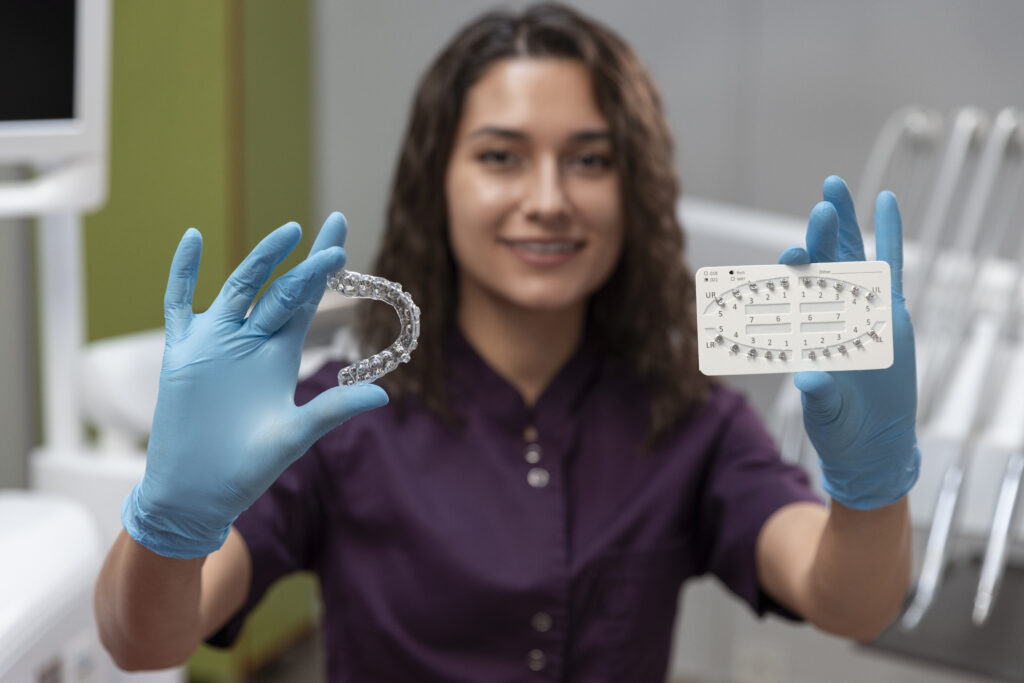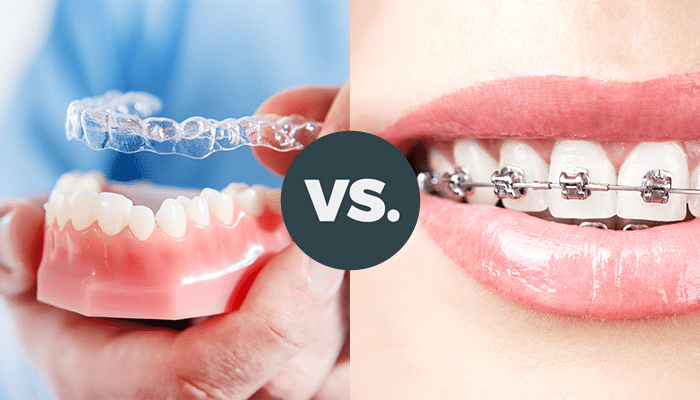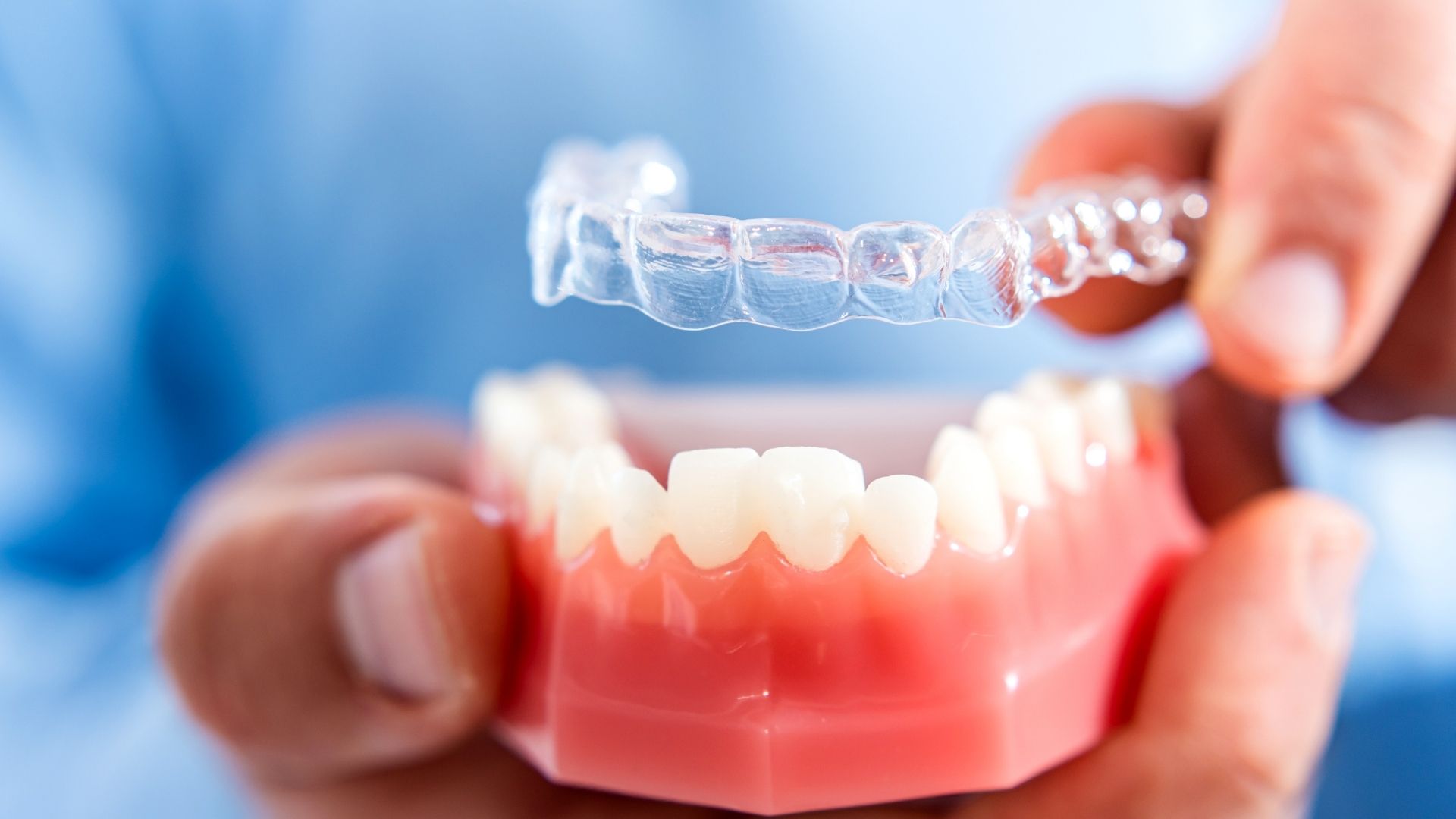Orthodontic Treatment Options
Braces
Fixed braces are a common orthodontic appliance used to align teeth and correct dental issues. They consist of brackets affixed to the teeth and metal wires threaded through the brackets. The braces apply gentle pressure to gradually move the teeth into their desired positions. Braces can be used to address various dental problems, including crooked teeth, overcrowding, and bite alignment issues. Regular adjustments and check-ups are necessary throughout the treatment process.
Aligners
Clear aligners have gained popularity as an alternative to traditional braces. These thin, plastic-like trays are custom-made to fit an individual’s teeth. Clear aligners are virtually invisible and can be easily removed for eating, brushing, and flossing. They work by applying gentle pressure to gradually shift the teeth into proper alignment. Clear aligners offer convenience and flexibility, particularly for adults who prefer a more discreet orthodontic treatment option. Treatment duration may vary depending on the complexity of the case.
Retainers
After orthodontic treatment, retainers are often used to maintain the alignment of the teeth. Retainers can be either fixed or removable appliances. Fixed retainers consist of wires bonded to the back of the teeth to prevent them from shifting. Removable retainers, on the other hand, are typically made of clear plastic and can be taken in and out of the mouth. Retainers help prevent the teeth from reverting to their original positions over time and ensure the long-term success of orthodontic treatment.
Benefits of Orthodontic Treatment
Orthodontic treatment goes beyond enhancing smiles; it can have a transformative impact on an individual’s life. Here are some of the key benefits:
Enhanced Aesthetics
A straight smile can significantly improve self-confidence and self-esteem. Orthodontic treatment can correct misalignment issues, close gaps between teeth, and create a more harmonious and aesthetically pleasing smile. The transformation brought about by orthodontic treatment can instill a renewed sense of pride in one’s appearance.
Improved Oral Function
Misaligned teeth or bite issues can affect an individual’s ability to speak, chew, and bite properly. Orthodontic treatment aims to align the teeth and jaws, improving oral function and allowing for better speech articulation and efficient chewing. By addressing these functional concerns, orthodontic treatment contributes to overall oral health and well-being.
Reduced Dental Issues
Crooked or crowded teeth can create spaces where harmful bacteria can accumulate, increasing the risk of tooth decay, gum disease, and other dental problems. Orthodontic treatment aligns and straightens the teeth, reducing the potential hiding places for bacteria and making it easier to maintain good oral hygiene. Properly aligned teeth are easier to clean, reducing the risk of dental issues in the long run.
Facilitating Proper Jaw Alignment
Certain dental malocclusions, such as deep overbites, underbites, and crossbites, can strain the jaw joints and lead to temporomandibular joint (TMJ) disorders. Orthodontic treatment aims to correct these misalignments, relieving the strain on the jaw and mitigating potential complications. By promoting proper jaw alignment, orthodontic treatment can improve overall oral health and alleviate discomfort related to TMJ disorders.
Enhanced Cleaning
Straight teeth are easier to clean, floss, and maintain. When the teeth are properly aligned, it becomes simpler to reach all the surfaces during brushing and flossing, minimizing the risk of plaque buildup and gum disease. Straight teeth also contribute to fresher breath and a healthier oral environment.
Long-term Financial Savings
Investing in orthodontic treatment now can potentially prevent more extensive and costly dental treatments in the future. By addressing dental issues promptly, orthodontic treatment can help avoid complications, such as tooth decay, gum disease, and tooth loss. This can result in significant long-term savings on dental procedures and treatments.
Entrusting your smile to an orthodontist is a decision that yields lifelong benefits. By offering a range of treatment options tailored to individual needs, orthodontic professionals prioritize your well-being at every step of the journey.
How Orthodontic Treatment Can Help
Orthodontics is a branch of dentistry that specializes in treating malocclusion, where the teeth do not align correctly when the mouth is closed. In addition to improving the appearance of the teeth, orthodontic treatment aims to enhance oral function and promote long-term dental health. Here’s how orthodontic treatment can help:
Treatment Goals
Orthodontic treatment targets various aspects of dental alignment and bite correction. Treatment goals may include closing gaps between teeth, aligning the tips of the teeth, improving bite functionality, straightening crooked teeth, and ensuring optimal oral health. Orthodontic treatment can address both cosmetic concerns and functional issues associated with malocclusion.
Types of Orthodontic Devices
To achieve treatment goals, orthodontists use a range of orthodontic devices, both fixed and removable. These devices apply gentle forces to gradually move the teeth into their ideal positions. The choice of device depends on the specific needs of the patient and the severity of the malocclusion. Some common types of orthodontic appliances include:
Fixed Appliances
Fixed appliances, such as braces, are the most common orthodontic devices used. Braces consist of brackets attached to the teeth and connected by archwires. With regular adjustments, braces exert controlled pressure to move the teeth into proper alignment. Clear and colored braces are available, offering aesthetic options for patients.
Removable Appliances
Removable appliances are often used for minor orthodontic issues or as adjunctive devices to complement fixed braces. Removable appliances include clear aligners, which are transparent trays that gradually shift the teeth into alignment. Other removable devices, such as retainers, lip and cheek bumpers, and functional appliances, can also play a role in orthodontic treatment, depending on the specific needs of the patient.
Treatment of Specific Conditions
Orthodontic treatment can effectively address various dental conditions and malocclusions. Some common conditions treated with orthodontics include:
- Protruding front teeth: Orthodontic treatment can improve the appearance of protruding front teeth and protect them from damage due to falls or sports injuries.
- Crowding: In cases where the jaw is narrow and there is insufficient space for all the teeth, orthodontic treatment can involve the removal of one or more teeth to create sufficient space for proper alignment.
- Impacted teeth: Impacted teeth refer to teeth that fail to emerge fully from the gum or bone. Orthodontic treatment can help promote their proper eruption and alignment.
- Bite abnormalities: Orthodontic treatment can correct various bite abnormalities, including deep overbites, underbites, crossbites, open bites, and reverse bites. By aligning the upper and lower teeth and jaws, orthodontics can improve overall bite functionality.
- Spacing issues: Orthodontic treatment can address gaps or spaces between teeth caused by missing teeth or inadequate tooth size. In some cases, orthodontic treatment can close these gaps and achieve a more harmonious smile.
Orthodontics can also help address problems such as teeth grinding, clicking or moving of the jaw, and thumb or finger sucking habits. By tackling these issues, orthodontic treatment contributes to improved oral health, overall well-being, and enhanced self-confidence.
Starting Orthodontic Treatment
The timing of orthodontic treatment varies depending on individual circumstances. While the ideal age for orthodontic intervention is generally during childhood, adults can also benefit from orthodontic treatment. Here are some key considerations when starting orthodontic treatment:
Timing of Treatment
In children, orthodontic treatment is often initiated once enough permanent teeth have erupted, typically around the age of 12 or 13.
However, the timing may vary depending on individual development. Adults can undergo orthodontic treatment at any age, and an increasing number of adults are seeking orthodontic care.
For children with cleft lip and palate or significant dental issues, orthodontic treatment may commence before their permanent teeth have fully developed.
Assessment and Treatment Plan
Before starting orthodontic treatment, a comprehensive examination is necessary. This assessment includes a thorough dental and medical history, a clinical examination, dental x-rays, and the creation of plaster models of the teeth. These evaluations enable the orthodontist to determine the most appropriate treatment plan.
A dental team or orthodontist will discuss the treatment options and expected outcomes with the patient. Once the patient decides to proceed, treatment can begin as soon as there are enough permanent teeth.
Choosing an Orthodontist
Orthodontic treatment should be carried out by a qualified orthodontist or a dental professional with additional orthodontic training. It is important to ensure that the chosen professional has the necessary credentials and experience in orthodontics.
Your regular dentist may recommend an orthodontist or provide orthodontic treatment themselves if they have the required qualifications.
Additionally, you can refer to the American Association of Orthodontists (AAO) for a list of registered orthodontists.
Choosing a qualified orthodontist is essential to ensure the best possible outcome for your orthodontic treatment.
FAQs
What are clear aligners used for?
Clear aligners are orthodontic devices used to straighten teeth and correct mild to moderate dental misalignments. Made from transparent plastic-like material, clear aligners are virtually invisible and can be easily removed for eating, brushing, and flossing. They offer a more discreet alternative to traditional braces and are particularly popular among adults seeking orthodontic treatment.
How long does treatment with clear aligners typically take?
The duration of treatment with clear aligners varies depending on the complexity of the case and the specific treatment goals. In general, treatment with clear aligners can range from a few months to a year or more. Regular appointments with the orthodontist are necessary to monitor progress and make any necessary adjustments.
What are the benefits of choosing clear aligners over traditional braces?
Clear aligners offer several advantages over traditional braces. These include:
Aesthetics: Clear aligners are nearly invisible, making them a more discreet treatment option.
- Removability: Clear aligners can be easily removed for eating, brushing, and flossing, allowing for better oral hygiene practices.
- Comfort: Clear aligners are custom-made for a precise fit and do not have wires or brackets that can cause discomfort or irritation.
- Convenience: Clear aligners require fewer visits to the orthodontist for adjustments compared to traditional braces.
It’s important to consult with an orthodontist to determine if clear aligners are a suitable treatment option for your specific dental needs.
How often should clear aligners be worn each day?
For optimal results, clear aligners should be worn for 22 to 23 hours a day. They should only be removed for eating, drinking, brushing, and flossing. Compliance with wearing aligners as prescribed by the orthodontist is crucial for successful treatment and achieving the desired outcome.
Clear aligners should be cared for properly according to the orthodontist’s instructions to maintain their effectiveness throughout the treatment process.
In conclusion, orthodontic treatment offers a range of options to address dental malocclusions and improve the appearance and function of the teeth. From braces to clear aligners and retainers, orthodontics provides solutions tailored to individual needs. The benefits of orthodontic treatment extend beyond aesthetics, including improved oral function, reduced dental issues, proper jaw alignment, enhanced cleaning, and long-term financial savings.
When considering orthodontic treatment, it is important to consult with a qualified orthodontist who can assess your specific needs and develop a personalized treatment plan. Orthodontic treatment can begin at any age, and options such as clear aligners offer a discreet and convenient solution for adults seeking to improve their smiles.




